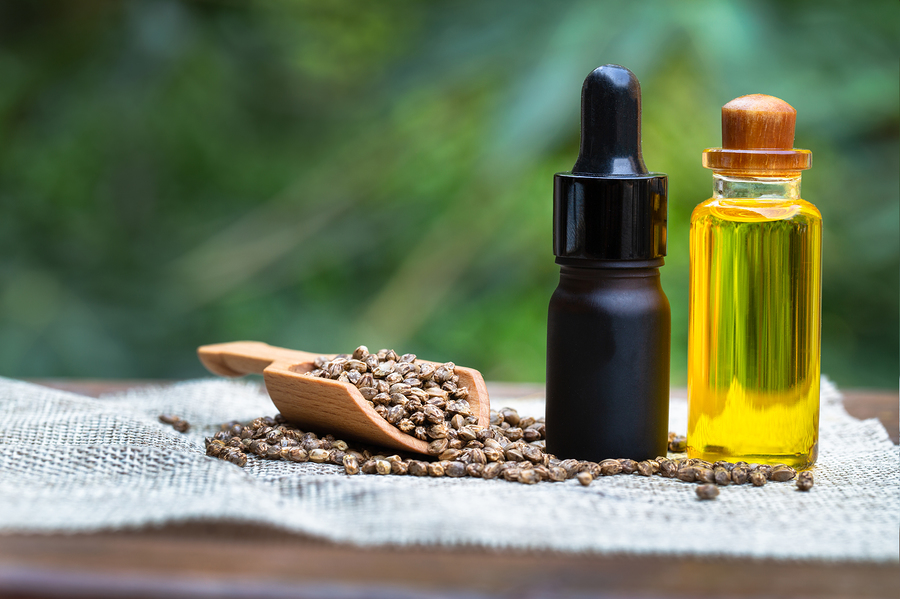The world of medical cannabis is transforming, with more patients seeking alternative treatments that align with their unique needs. Among the options available, cultivating your cannabis plants is a powerful way to take control of your health journey. The prospect of nurturing a plant from seed to harvest and subsequently using it to control symptoms is undeniably appealing.
But some challenges can seem discouraging, often preventing medical cannabis patients from embracing this alternative treatment path. Whether you’re a medical cannabis patient undergoing chemotherapy or a curious care partner, arming yourself with knowledge, support, and a resilient spirit can help you overcome these challenges.
With the right information, you can navigate the growth process with grace and confidence, leading to a garden of healing and empowerment. To get you prepared, here are the three most prevalent hurdles that medical cannabis patients often face when contemplating the cultivation of their own medicine.
Limited Knowledge and Experience
One of the primary obstacles that medical cannabis patients encounter when starting cultivation is a lack of knowledge and experience. Growing cannabis involves several factors, like light cycles, nutrient schedules, and pest management, that can overwhelm beginners. The fear of failure and the perception that cultivation requires extensive horticultural expertise can deter patients from even starting.
But the key to overcoming this challenge is education and support. Fortunately, there is a wealth of resources available online and in the cannabis community that can provide valuable guidance. Online forums, cultivation guides, research studies, and even local cannabis clubs can offer insights from experienced growers.
Starting with a simple setup, choosing beginner-friendly strains, and gradually expanding your knowledge base as you gain experience can significantly boost your confidence. You can choose certain strains that are known to be beginner-friendly, requiring less complex care.
As you gradually gain experience and confidence, you can expand your knowledge and experiment with different cultivation techniques. Acknowledging your limitations and seeking guidance will not only enhance your cultivation skills but also connect you with a community of fellow growers who have overcome similar obstacles.
Space Limitations
For many medical cannabis patients, the desire to grow their own medicine is lessened by the misconception that substantial space is required for successful growth. This challenge is particularly relevant for individuals living in apartments, small homes, or urban environments where space is limited. The belief that growing cannabis demands a sprawling garden with elaborate equipment can be discouraging, leading patients to question the possibility of nurturing their own plants.
Thankfully, the notion that cannabis cultivation requires abundant space is a misconception you can dismiss with creative approaches. While it’s true that outdoor gardens benefit from ample space, indoor cultivation methods can offer more flexibility and adaptability to confined settings. One technique that shines in limited spaces is low-stress training (LST), which involves gently bending and securing plant branches to encourage horizontal growth. This not only optimizes light exposure but also controls the plant’s height.
Small-space gardening techniques like the Sea of Green (SOG) method with autoflower seeds can also enable you to grow multiple smaller plants that maximize yield in tight quarters. You can use discreet grow boxes or tents equipped with proper ventilation systems to address concerns related to odor and privacy. These enclosures can be placed in closets, spare rooms, or even discreet corners, making them ideal if you’re seeking to maintain a low profile.
Time Constraints
In the bustling rhythm of modern life, time is often the scarcest resource. Medical cannabis patients, already balancing health needs with daily responsibilities, may hesitate to cultivate due to concerns about time constraints. The commitment required to nurture cannabis plants—from regular care to attentive monitoring—can seem incompatible with busy schedules and other obligations.
But while time constraints are a valid concern, they don’t have to keep you from cultivating your own medicine. The key is efficient time management and strategic automation. For example, the auto-flowering strains transition from seed to harvest faster, allowing you to enjoy the benefits of your efforts in a shorter time frame.
You should also embrace technology to streamline cultivation tasks. Automated watering systems can maintain the optimal moisture level for your plants, reducing the need for daily manual watering. Light timers can mimic natural light cycles, ensuring your plants receive the appropriate amount of light for their growth stages without constant adjustments.
Cultivating cannabis can even become a collaborative effort, involving friends or family members who share your passion or want to help. Distributing responsibilities among a trusted circle can make cultivation more manageable and enjoyable, creating a sense of community around your healing journey.
Final Thoughts
The journey of cultivating medical cannabis is a testament to determination and adaptability. By addressing the challenge of time constraints, medical cannabis patients can align cultivation with their unique lifestyles and responsibilities. Through strategic time management, automation, and the power of collaboration, patients can weave cannabis cultivation into the fabric of their daily routines.
Cultivation is not a race, but a gradual unfolding—a process that parallels the broader journey of healing. With each passing day, your plants thrive and flourish, reflecting the progress you make on your path to wellness. As you navigate the intricate dance of time and growth, remember that your commitment to cultivation is an investment in both your plants and your personal well-being. In the garden of healing, time becomes a companion rather than a constraint, nurturing not only plants but also the resilience that resides within you.
Image Source: BigStockPhoto.com (Licensed)
Site Disclaimer
Marijuana is a Controlled Substance under the Controlled Substance Act (21 U.S.C. 802) (“CSA”) and the cultivation, distribution, and possession of marijuana is a crime under federal law. Keep all marijuana and marijuana products out of reach of children and animals. Intoxicating effects of marijuana and marijuana products may be delayed. Use of marijuana while pregnant or breastfeeding may be harmful. Consumption of marijuana and marijuana products impairs your ability to drive and operate machinery.
Related Categories: Marijuana, Reviews







